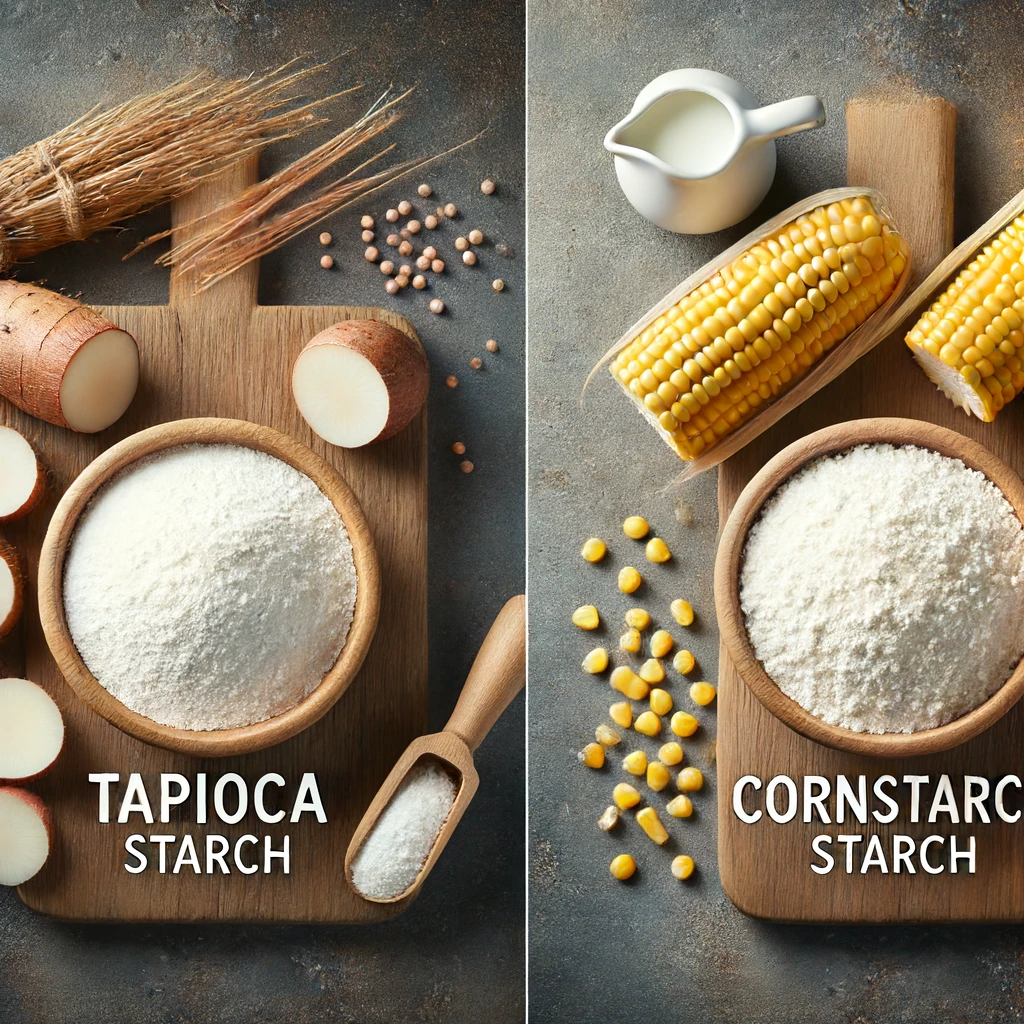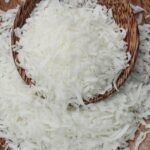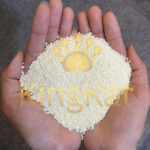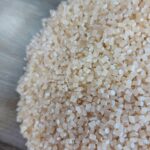CASHEW NUT SHELL OIL
When it comes to cooking and baking, starches are essential ingredients that play a crucial role in achieving the desired texture and consistency of various dishes. Tapioca starch and cornstarch are two commonly used starches, but are they interchangeable? In this article, we’ll explore the differences between tapioca starch and cornstarch, and determine when and how you can substitute one for the other.

Table of Contents
ToggleUnderstanding Tapioca Starch and Cornstarch
- Source: Tapioca starch is derived from the cassava root, a tuber native to South America. It’s known for its neutral taste and excellent thickening properties .
- Texture: It produces a smooth, glossy finish, making it ideal for desserts, sauces, and soups .
- Dietary Benefits: Tapioca starch is gluten-free, grain-free, and non-allergenic, making it suitable for various dietary restrictions .
Cornstarch:
- Source: Cornstarch is made from the endosperm of corn kernels. It’s a staple in many kitchens for its versatility and effectiveness .
- Texture: Cornstarch creates a more opaque finish and can have a slightly different mouthfeel compared to tapioca starch .
- Dietary Considerations: While cornstarch is gluten-free, it is derived from corn, which may be a concern for those with corn allergies .
Key Differences Between Tapioca Starch and Cornstarch
- Thickening Power:
Tapioca starch has a slightly higher thickening power compared to cornstarch. This means you might need to use a bit less tapioca starch to achieve the same thickening effect .
2. Freeze-Thaw Stability:
- Tapioca starch is known for its superior freeze-thaw stability. It maintains its consistency and texture better when frozen and thawed, making it ideal for frozen foods .
- Cornstarch can break down and become watery when frozen and thawed, which may affect the texture of your dishes .
3. Appearance and Texture:
- Tapioca starch provides a clear, glossy finish, perfect for fruit pies and clear sauces .
- Cornstarch, on the other hand, gives a more matte and cloudy appearance, suitable for dairy-based sauces and gravies .
4. Cooking Time:
- Tapioca starch thickens quickly at lower temperatures, which can be beneficial for recipes that require rapid thickening .
- Cornstarch needs to be heated to a higher temperature to activate its thickening properties
When to Substitute Tapioca Starch for Cornstarch
While tapioca starch and cornstarch can often be used interchangeably, it’s important to consider the specific needs of your recipe:
For Desserts and Puddings:
- Tapioca starch is generally preferred due to its smooth texture and glossy finish. However, cornstarch can be used as a substitute if needed, keeping in mind the differences in texture and appearance .
For Sauces and Soups:
- Both starches work well, but tapioca starch’s quick thickening ability and clear finish make it a preferred choice for clear sauces. Cornstarch is ideal for creamy, opaque sauces .
For Baking:
- Tapioca starch can be used in gluten-free baking to improve texture and moisture retention. Cornstarch can also be used but may result in a slightly different texture.
How to Substitute Tapioca Starch and Cornstarch
When substituting, use the following guidelines:
- Replace 1 tablespoon of cornstarch with 2 tablespoons of tapioca starch .
- Replace 2 tablespoons of tapioca starch with 1 tablespoon of cornstarch .
Conclusion
While tapioca starch and cornstarch share some similarities, they also have distinct characteristics that make them suitable for different culinary applications. Understanding these differences will help you make the best choice for your recipes. Whether you’re thickening a sauce, creating a dessert, or baking, knowing when and how to use each starch will ensure your dishes turn out perfectly every time.
For more information on tapioca starch and its versatile uses, visit abimexco.com and explore our high-quality products tailored to meet all your culinary needs.












